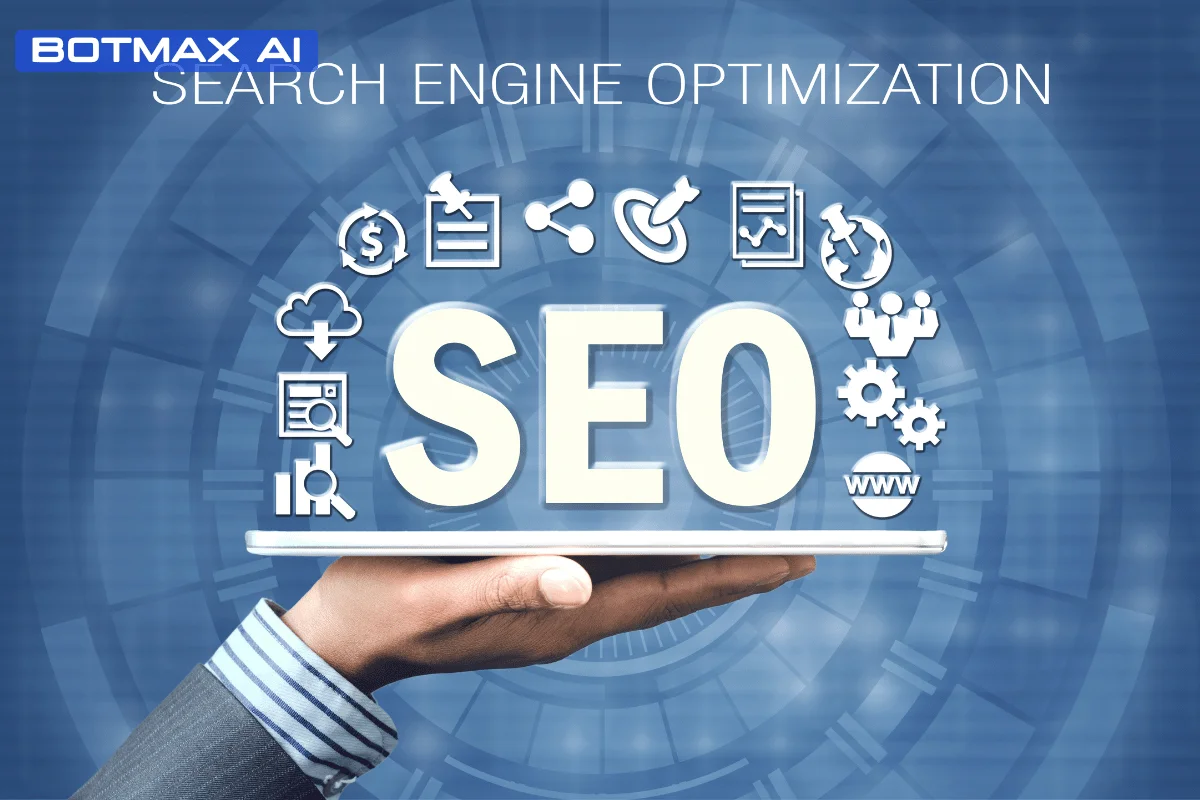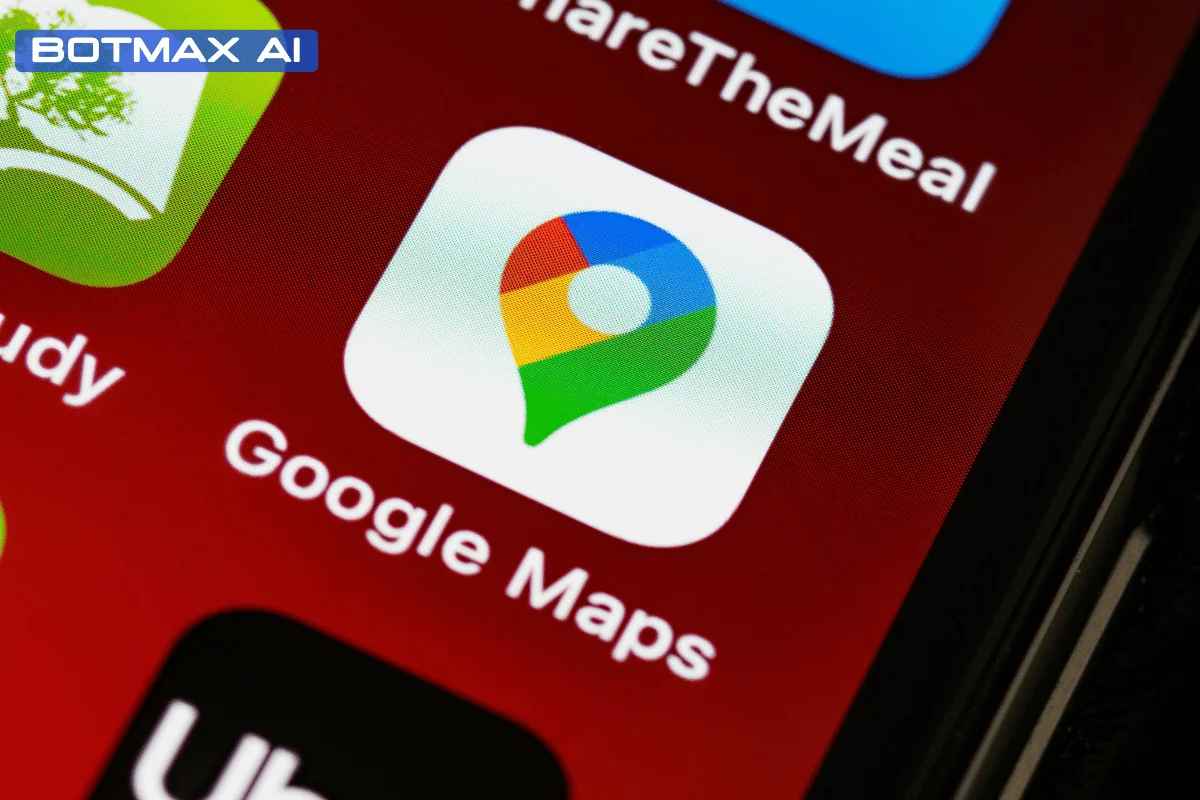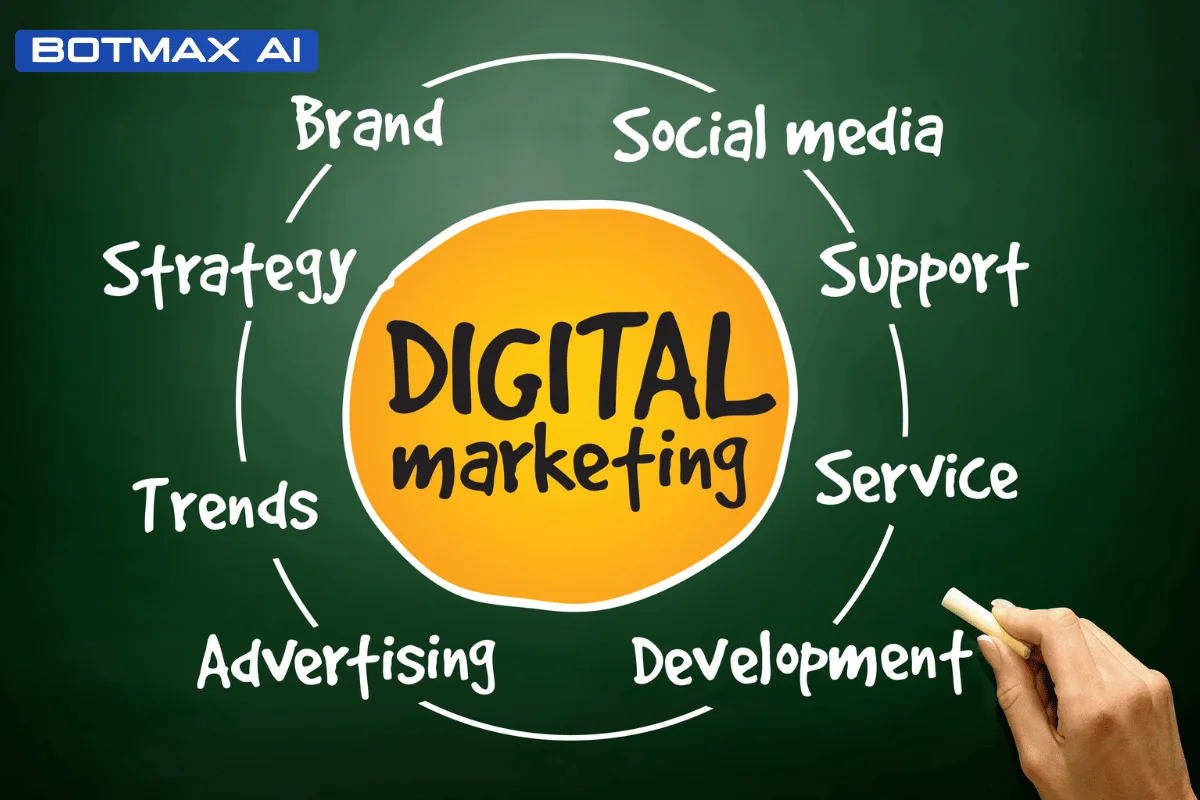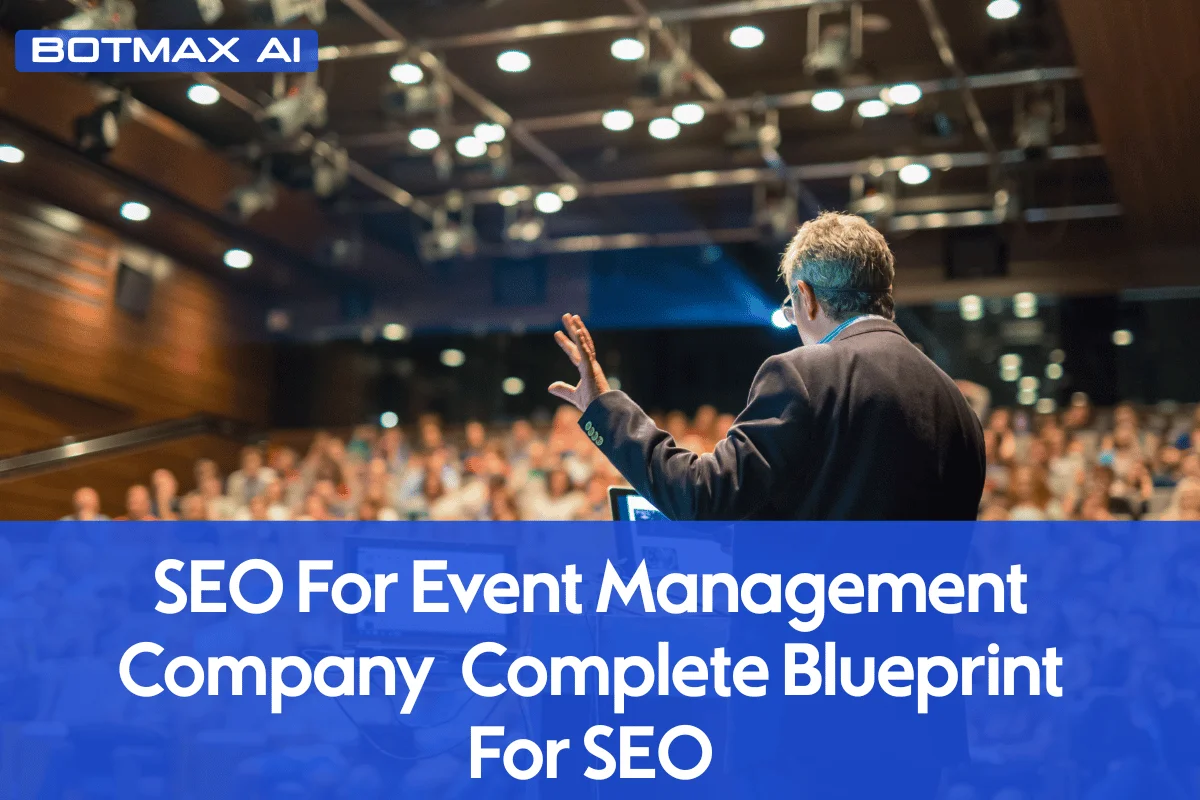
Hey there, let’s talk about a question.
What’s the first thing you do when you need an answer to pretty much anything? You’re planning a trip and need to find the “best hotels in Nainital.” Your laptop is acting up, and you need to know “how to fix a slow computer.” Or maybe it’s just a Sunday evening here in Lucknow, and you’re craving the city’s best, so you search for “best biryani near me.”
You pull out your phone, type a few words into Google, and in less than a second, you have a list of potential answers right at your fingertips.
But have you ever stopped to wonder why Google shows you that specific list? Why is one website ranked number one, while another is buried on page five? Is it random? Is it magic?
It’s neither. It’s SEO.
The term “SEO” sounds technical and a bit intimidating, but the idea behind it is surprisingly simple. In this guide, we’re going to pull back the curtain and explain what SEO is in plain, everyday language. No confusing jargon, no nerdy tech-speak. Just a straightforward conversation to help you understand one of the most powerful concepts on the internet today.
Chapter 1: Let’s Imagine Google is a Giant Library
To really understand SEO, I want you to forget about computers for a second.
Instead, I want you to imagine that Google is the biggest, most incredible library in the universe. This library contains billions and billions of books on every topic imaginable. Each “book” is a website or a webpage.
Now, imagine a person (a user) walks into this library. They go to the main desk and ask the head librarian a question. For example, “I want the best book on how to start a vegetable garden.”
The head librarian’s job is to provide the absolute best, most helpful, most trustworthy, and most relevant book in the entire library on that topic. They don’t just want to give an answer; they want to give the perfect answer, so the user is happy and trusts the library to come back again.
In this analogy:
- The Library = Google
- The Books = Websites on the internet
- The User = The person searching for something
- The Head Librarian = The Google Algorithm
So, where does SEO fit in?
SEO, or Search Engine Optimization, is the art and science of making your “book” (your website) so perfectly written, so well-organized, and so highly recommended that the librarian wants to show it to every single person who asks that question.
You’re not tricking the librarian. You’re simply making your website the best possible result, so the choice becomes obvious.
Chapter 2: Okay, But Why Should I Care About SEO?
This is a fair question. Why go through all this effort? The answer is simple: because it’s one of the most effective and valuable forms of marketing that exists.
1. It Brings You “Free” Traffic. When you pay for an ad on Google or Facebook, your visibility stops the second you stop paying. It’s like renting a billboard. SEO, on the other hand, is about earning your spot. Once you’re ranked at the top, every click you get is essentially free. It’s like owning the land the billboard is on, not just renting it.
2. The Traffic is Extremely High-Quality. Think about the mindset of a person using a search engine. They have a specific need, question, or problem right now. Someone searching for “best corporate event planners in Lucknow” is a much hotter, more qualified lead than someone who randomly sees an ad for an event planner while scrolling through Instagram. SEO connects you with people at the exact moment they are looking for you.
3. It Builds Trust and Credibility. Let’s be honest, which results do you trust more? The ones at the top with the little “Ad” label next to them, or the “organic” results right below? Most people instinctively trust the organic results. A top ranking on Google acts as a powerful third-party endorsement. It’s like the head librarian personally vouching for your book. It tells users that you are a legitimate and authoritative player in your field.
4. It’s a Long-Term Business Asset. An ad campaign is temporary. A good SEO strategy builds on itself over time. The effort you put in today will continue to pay dividends in the form of traffic, leads, and sales for months, and even years, to come. A well-ranked website is a durable business asset.
Chapter 3: The Three Pillars of SEO (How It Actually Works)
SEO can seem overwhelmingly complex, but most of the work falls into three main categories, or “pillars.” Let’s break them down using our library analogy.
Pillar 1: On-Page SEO (Organizing Your Book Perfectly)
On-page SEO includes everything you do on your actual website to make it clear to both search engines and users what your content is about. This is about making your book easy for the librarian to read and understand.
- Keywords: These are the search terms you want to be found for. If you run a bakery, your keywords would be things like “best cakes in Lucknow,” “online cake delivery,” etc. You need to use these words naturally in your content. This is like making sure the title of your book matches what people are looking for.
- High-Quality Content: This is the most important factor. Is the content on your pages genuinely helpful, well-written, and comprehensive? A 300-word page with little information is like a thin pamphlet. A 2,000-word, in-depth guide is like a detailed reference book. The librarian will always prefer the detailed book.
- Title Tags & Headings: Your page’s title tag is the main title of your book. Your headings (H1, H2, H3) are like the chapter titles and subheadings. They need to be clear and descriptive, helping both Google and the reader understand the structure of your content.
- Image Optimization: The images and videos on your page need descriptions (called “alt text”). This is like writing a caption under a picture in your book, so the librarian knows what the picture is about even if they can’t “see” it.
Pillar 2: Off-Page SEO (Getting Recommendations for Your Book)
Off-page SEO refers to actions taken outside of your website to build its reputation and authority. It’s not enough to have a great book; the librarian needs to know that it’s popular and respected in the outside world.
- Backlinks (This is the BIG one): A backlink is simply a link from another website to your website. Think of backlinks as recommendations or votes. The more high-quality recommendations your book gets, the more trustworthy and important the librarian thinks it is.
- The Catch? Not all recommendations are equal. A recommendation (backlink) from a highly respected source, like a major news website (The Times of India) or a top university, is like getting a glowing review from a world-famous author. It carries a lot of weight. A backlink from a small, unknown blog is less powerful.
- How do you get these recommendations? The best way is to create amazing content (Pillar 1) that other people genuinely want to link to. You can also build relationships, get featured in the news, or partner with other businesses.
Pillar 3: Technical SEO (Ensuring Your Book is Easy to Access)
Technical SEO is about the quality of the book’s production and how easy it is for the library’s staff to handle. It ensures there are no barriers preventing Google from finding and understanding your site.
- Site Speed: How fast does your website load? A slow-loading website is like a book with pages that are stuck together. Users get frustrated and leave. The librarian knows this and won’t recommend a frustrating book.
- Mobile-Friendliness: Does your website work perfectly on a smartphone? Today, most searches happen on mobile devices. Your website must be easy to read and navigate on a small screen.
- Crawlability: Can the librarian’s little helper bots (called “crawlers” or “spiders”) easily navigate through your website to discover all its pages? A good site structure is like a clear table of contents that guides them.
- Security: Is your website secure (using HTTPS)? The librarian wants to ensure they are sending users to a safe and secure place.
When you combine all three pillars—a perfectly organized book (On-Page), with lots of great recommendations (Off-Page), that is technically flawless (Technical)—you become the obvious choice for the librarian to recommend.
Chapter 4: Let’s See It in Action: A Simple Lucknow Example
Let’s make this real. Imagine a new photographer in Lucknow named Priya. She specializes in wedding photography. Her goal is to be the #1 result on Google when someone searches “best wedding photographer in Lucknow.”
How would she use the three pillars of SEO?
- On-Page SEO: Priya builds a beautiful website. She creates a dedicated page titled “Professional Wedding Photography in Lucknow.” On this page, she writes detailed content about her photography style, the packages she offers, and showcases a stunning gallery of her best shots. She uses keywords naturally throughout the page. The titles of her photos are not
DCIM_1234.jpg, buthazratganj-wedding-photo-lucknow.jpg. - Off-Page SEO: Priya collaborates with a popular wedding venue in Lucknow. After a photoshoot there, the venue writes a blog post about the event and includes a link back to Priya’s website, saying she was the photographer. This is a high-quality, relevant backlink. She also submits one of her weddings to a popular Indian wedding blog, which features her work and links back to her site. Another powerful recommendation!
- Technical SEO: Priya ensures her website, which is full of high-resolution images, is optimized to load quickly so that potential clients on their phones don’t have to wait around. Her site is secure and easy to navigate on mobile.
The Result: Over time, the Google “librarian” sees Priya’s website. It’s perfectly organized, full of beautiful and helpful content. It has powerful recommendations from other respected “authors” in the wedding industry. And it’s technically easy to access. Google starts showing her website at the top of the search results, bringing her a steady stream of couples looking for a wedding photographer.
Final Thoughts: SEO is a Marathon, Not a Sprint
It’s important to remember that SEO is a long-term strategy. You won’t see results overnight. It takes time and consistent effort to build trust with search engines and create a website that truly deserves to be number one.
But by focusing on these core principles—creating helpful content for people, building a solid reputation, and ensuring your site is technically sound—you’re not just “doing SEO.” You’re building a better, more valuable digital asset for your business.
So, the next time you Google something, take a look at those top results. You’ll know they didn’t get there by magic. They got there because they understood the librarian.



